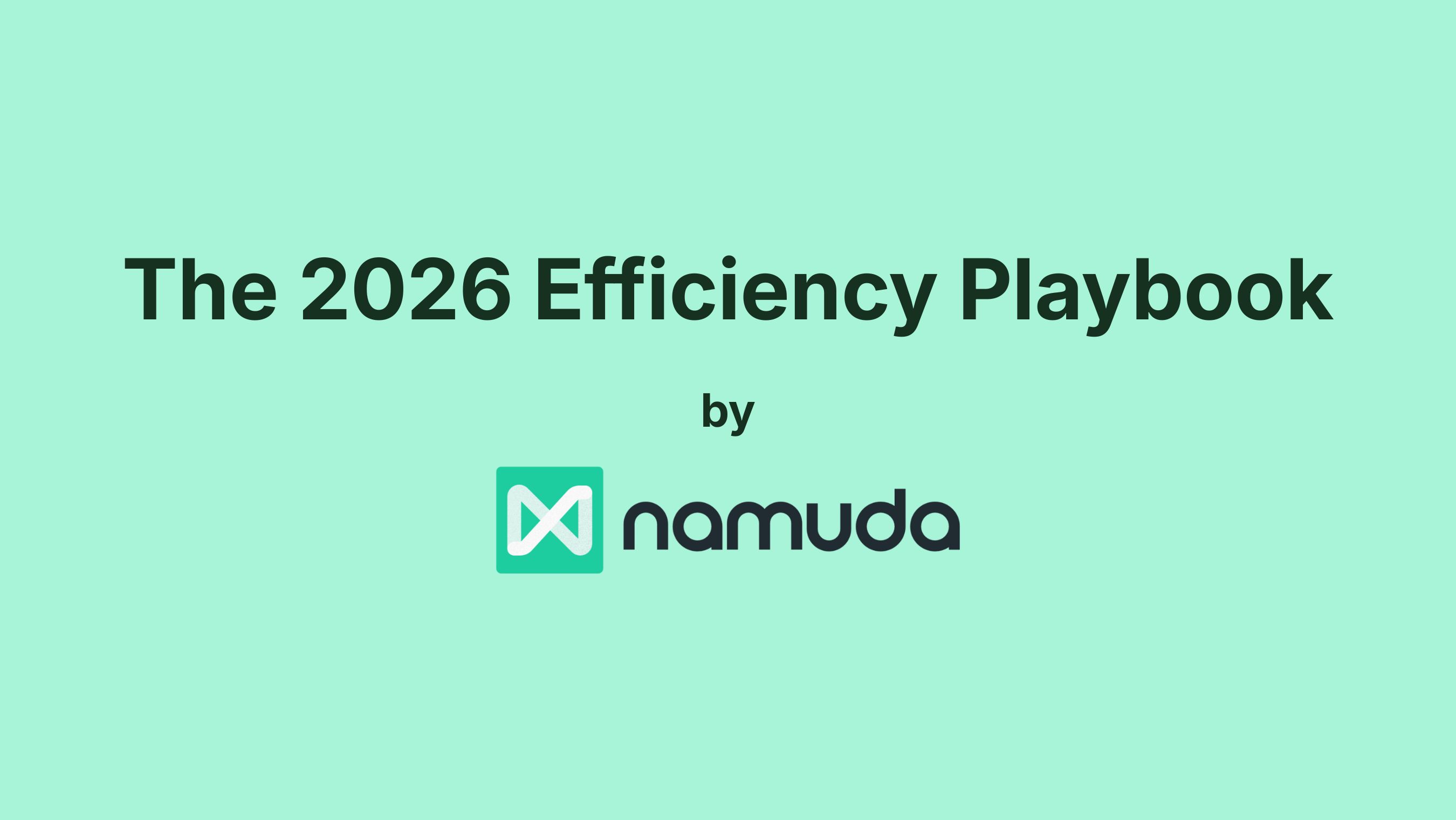From order entry and fulfillment to invoicing and payment collection, each step in the O2C cycle plays a crucial role in ensuring customer satisfaction and financial health. However, optimizing the O2C process can be a daunting task, especially in the face of evolving customer expectations, complex supply chains, and changing market dynamics. Enter process mining a transformative approach that holds the key to unlocking efficiencies and driving performance improvements across the O2C spectrum.
Understanding the Order-to-Cash Process
The O2C process encompasses a series of interconnected activities aimed at fulfilling customer orders and converting them into cash inflows. It typically involves the following key stages:
- Order Management: Receiving, validating, and processing customer orders, including order entry, verification, and allocation of inventory.
- Order Fulfillment: Picking, packing, and shipping products to customers in a timely and efficient manner, ensuring accurate order fulfillment and delivery.
- Invoicing: Generating and issuing invoices to customers for products or services rendered, including pricing, terms, and payment instructions.
- Payment Processing: Receiving and processing customer payments, reconciling accounts, and managing accounts receivable to ensure timely and accurate cash collection

How Namuda can help in O2C Optimization
Namuda offers a data driven approach to optimizing O2C processes by utilizing event logs and transactional data captured from enterprise systems such as ERP (Enterprise Resource Planning) and CRM (Customer Relationship Management). Here's how Namuda process mining can drive efficiency and effectiveness across the O2C lifecycle:
End-to-End Visibility
Process mining provides organizations with unparalleled visibility into their O2C processes, allowing stakeholders to visualize process flows, identify bottlenecks, and uncover areas for improvement. By analyzing event logs and transactional data, organizations can gain insights into process execution, cycle times, and resource utilization across the entire O2C spectrum.
Root Cause Analysis
Process mining enables organizations to conduct root cause analysis to identify the underlying factors contributing to inefficiencies and delays within the O2C process. By analyzing process variants and deviations from expected workflows, organizations can pinpoint specific activities or subprocesses that are causing delays or errors and take targeted corrective actions to address them.
Performance Monitoring and KPI Tracking
Process mining allows organizations to monitor key performance indicators (KPIs) and track process performance in real-time. By measuring metrics such as order fulfillment lead times, cycle times, and order accuracy rates, organizations can identify performance bottlenecks, set benchmarks for improvement, and measure the impact of optimization initiatives over time.
Process Automation and Standardization
Process mining enables organizations to automate and standardize O2C processes to streamline operations and reduce manual effort. By identifying repetitive tasks and subprocesses that are ripe for automation, organizations can leverage technologies such as robotic process automation (RPA) to eliminate manual errors, accelerate process execution, and improve overall efficiency.
Continuous Improvement and Innovation
Process mining fosters a culture of continuous improvement and innovation within O2C organizations. By providing insights into process performance and identifying opportunities for optimization, process mining empowers organizations to experiment with new technologies, implement best practices, and drive innovation across the O2C lifecycle. Real-World Applications The application of process mining in O2C optimization spans a wide range of industries and use cases:
Conclusion
In today's fast-paced business environment, optimizing the O2C process is essential for driving customer satisfaction, reducing costs, and maximizing revenue realization. Process mining offers a powerful toolkit for organizations to analyze, optimize, and innovate across the entire O2C lifecycle. By leveraging the insights derived from process mining, organizations can identify inefficiencies, streamline operations, and drive continuous improvement to achieve O2C excellence.
As organizations continue to embrace digital transformation and data-driven decision-making, process mining will remain a critical enabler for unlocking efficiencies and driving performance improvements across the O2C spectrum.
Every exception and manual workaround adds cost.
Namuda detect non-standard paths before they become systemic.


.png)
